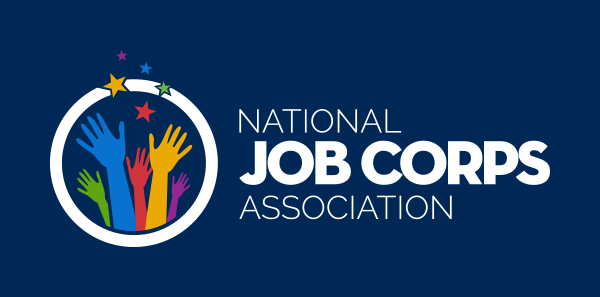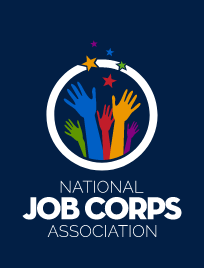Rescue crews put skills to work in disaster drill
– via (Standard-Examiner – Ogden, UT) <- click to read original article

OGDEN — More than 100 students from Clearfield Job Corps were involved in a multivehicle pileup at the Weber County Fairgrounds on Friday morning after a car suddenly stopped, causing a chain reaction involving a school bus and an oil tanker.
Several of the students sustained multiple injuries, including concussions, internal bleeding, cuts and fractured and broken bones in the 11-vehicle accident.
Multiple rescue crews and two medical helicopters arrived at the scene to treat the victims and transport them to area hospitals. Some of the injured had to be extricated from their vehicles.
But the accident wasn’t real. It was a disaster drill involving multiple agencies across the Top of Utah to implement a coordinated emergency response, treatment and transportation in a timely manner.
“This is actually kind of scary,” said student Mike Pokorny, who suffered a “concussion” after hitting his head on the dashboard of his car.
“I mean, we ran right into the bus. What if there are little kids in there who need help?”
“OK, now remember, you guys are hurt. You’re scared and injured. Some of you are speaking a foreign language,” Job Corps safety specialist Loretta Cole told her students.
Several hours before the exercise, members of the Weber County Community Emergency Response Team applied makeup to the students so they’d look like real accident victims.
Several had blood spattered on their faces, necks, arms and chests. Others had fake glass sticking out of their bodies, and some looked like they had been cut so deep their muscle tissue was exposed.
“I’ve never been in an accident, and I do not ever want to be in something like this. Not on your life,” said student Kevin Levine.
Anthony Clark, who was “ejected” from his vehicle, said he has had some close calls but has never been involved in a serious accident.
“This is definitely a different experience,” he said. “To be lying on the ground bleeding is something I never want to do.”
As rescue crews arrived, victims were seen walking around in a daze and were heard screaming for help from their vehicles. One fell to the ground and had a seizure. Another woman, pregnant, fell onto the road and hit her stomach.
Victims were triage-tagged with green, yellow, red and black stickers.
Red meant the victim was in critical condition and needed to be transported to the hospital immediately. Yellow meant the victim was seriously injured. A green tag was for the walking wounded, and a black tag meant the victim died at the scene.
All of the accident victims were transported to McKay-Dee Hospital and Ogden Regional Medical Center, where trauma workers were ready with blankets, wheelchairs and medical supplies.
“These four are unstable and need to get into the emergency room,” Dr. Tom Wood, McKay-Dee Hospital emergency department medical director, said as he assessed several patients lying on the ground outside the hospital.
“These four look like they’re going to be heading to ICU.”
In a real situation, Wood said, the hospital would treat the most critical patients first. Patients would be placed everywhere possible, from hallways to conference rooms, to wait for care.
In addition to accident victims, Wood said, the hospital would also be dealing with other critically ill patients.
Dave Lucas, emergency operation planner at McKay-Dee Hospital, said the hospital is required to hold two disaster drills each year to practice and test the plan.
Karlene Marshall, disaster director at Ogden Regional Medical Center, said a big disaster with numerous victims will obviously overwhelm hospitals. In cases like that, she said, other agencies would be called on to help.
“It’s a whole new mind-set in a situation like this,” she said. “Not only would we treat as many as we could, but we would also call on the state, volunteers and possibly other hospitals. We would all rely on each other.”
Chris Dallin, marketing director at McKay-Dee Hospital, said the exercise went well. Victims were prioritized by injury in a timely manner and every patient was treated.
“This is why we all practice these what-if exercises,” he said.
“We have to be ready and trained for whatever might walk through these doors. We will all have to make difficult decisions and life-saving decisions.
“When the disaster code is called overhead, everyone will get down here and provide the best possible care.”


 JOB CORPS
JOB CORPS